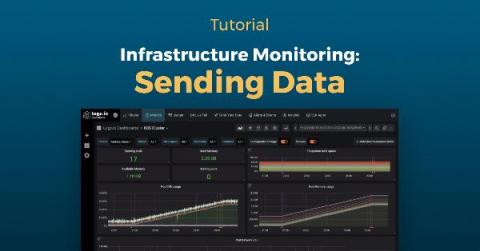Splunk Rapid Adoption Packages - Part 2
In part 1 of the RAP blog we focused on an overview of Rapid Adoption Packages, Part 2 will now focus on the use case package specifics and how these can help with customer goals. With Rapid Adoption Packages Customers have the option to select a number of use cases which are specifically designed exactly to do this, there are currently 9 available use case packages and they include...






